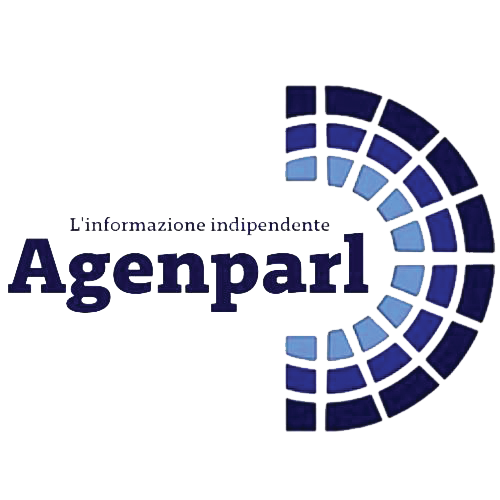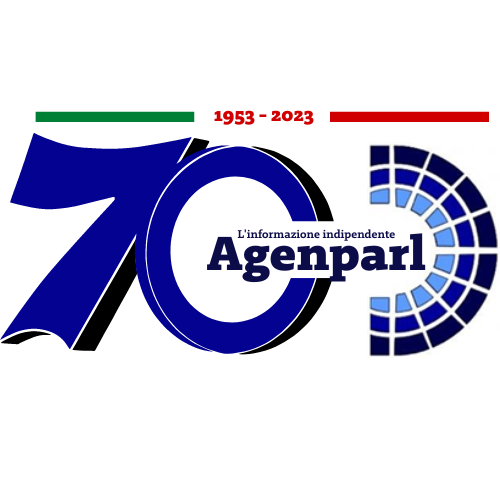 (AGENPARL) - Roma, 25 Dicembre 2020
(AGENPARL) - Roma, 25 Dicembre 2020Content
As a result, you can often migrate your SAP systems faster. The Legacy System Migration Workbench is one of the data migration tools that you need to know about. You can use the LSMW to migrate data from one SAP system to another.
The topics covered are not only of interest to those who work on one or more SAP modules in particular. Indeed, it will be of interest to any SAP consultant, whether functional and/or technical. Moreover, the data recovery tools, in particular LSMW and SHDB, allow you to work on any SAP module.

For example the way in which we differentiate the material types in the Legacy System is such a rule. Field rules are those that give a value for a specific field. The purging and cleansing of the Legacy System will save you lot of time and effort in the following steps of the conversion. https://globalcloudteam.com/ Start this as soon as possible and do as much as possible. Historical data needs to be brought over from the legacy system to the SAP R/3 System for reference purposes. Examples include closed purchase orders, closed sales orders, summary general ledger information, and so on.
Sap Hana Hsr
As the External Keys are used to maintain the association between root and sub-nodes, this will ensure an easy import of sub-node data using the parent external key as a reference. You can then maintain new mappings or change existing mappings between the CSV format and the Business object node structure. Import records or update existing records into the system for standard and custom objects. Based on smart knowledge capture, reuse, and guidance, this solution can help accelerate the go-live of SAP application through automation, prebuilt content, and expert services. Apart from standard batch/direct input and recordings, BAPI and IDocs are available as additional import methods for processing the legacy data. At these points we are not interested about where the values will come from and how will we get them.

Most master data can be driven by the legacy applications. Examples include vendors, customers, charts of accounts, assets, bills of materials, material masters, info records, and so on. The data conversion requires functional and technical resources from most departments. These same resources will most probably be involved in other part of the project. For this reason, the risk of conflicting task is high and can quickly lead to a bottleneck where key peoples are overloaded.
Try Our Business Solution
These templates can then be used to automate the migration processes required while still benefiting from the SAP authorizations and security. You can also use the tool to create web-based services from the recorded transactions. Winshuttle Transaction allows for up to 91, 000 data transactions.
The SAP BusinessObjects Information Management solutions are a combination of tools that are used for data migration. The tools allow you to access the source data structure and clean the data to your liking. Using the migration tool, you can extract data mapping, transform, and load it via the web. This allows you to collaborate with others who are working in remote locations.
- The fields of application are constantly expanding and the need to improve productivity and quality is growing.
- It is in this document that we will both, decide which fields we need and, in a second step, start working on the rules.
- Indeed, it will be of interest to any SAP consultant, whether functional and/or technical.
- For example, there are often lots of inconsistencies in Customer and Vendor address fields.
- Its also used for data conversion from legacy system to SAP system.
- This in turn enhances the accuracy of data that is transferred.
Its also used for data conversion from legacy system to SAP system. Selection of these methods depends on the scenario, amount of data need to transfer. LSMW is a ready tool provided by SAP and you have to follow some 17 steps to migrate master data. While in BDCs Session method is the better choice because of some advantages over call transaction.
In case of an error, a suitable message is also displayed alongside the record. The unprocessed and errored out records are available in a CSV file for further analysis and processing. The Monitor view is a one-stop shop for monitoring the results of all the operations triggered by the data workbench work center.
Sap : Data Migration Tools
If you have pre-defined mappings for the fields and the BO is maintained in a template, you can select the same during the import process. With this functionality, you can import Business Object node data. This option should be used to import data for all the nodes of a Business Object.
That is why you must ensure that you utilize the best SAP data migration tools at your disposal. There are several SAP data migration tools that exist; and of course, some are better than others. You need to have at least one of the data migration tools of this nature at your disposal.
This template can then be used for importing the data without the need to create a mapping again. It’s used for data conversion from legacy system to SAP system. The goal here is to see all the fields that are important and ask questions to understand them.

The staged data is in a flat file represented on the left side of this screenshot. Records pass through the validation transform and either pass or fail the rules set in that transform. Pass records go to the Query_Pass transform while fail SAP migration to the cloud records go to the Query_Fail transform. The output is captured in a temporary database table in the reporting repository and a flat file for each set. With the Winshuttle Transaction tool for data migration, you can create templates.
Data Workbench Tool
One that will provide you with a realistic planning, a solid organization, a way to manage the process and control tools to detect and correct slippage before it becomes a problem. Winshuttle Transaction is another tool that you can use for SAP data migration purposes. This tool is a great option if you want to transfer larger volumes of data because you will be able to do so quickly and accurately. LSMW is one of the more popular migration tools that you can use to transfer relatively large volumes of data. The load process consists of five steps that are iterated as many times as needed for each load object. Each load should have its own set of Data Services jobs and load programs to process and move the data.
Rather than spot checking or relying on counts alone, Data Services can compare all data loaded into SAP and show exactly where the discrepancies are. Execute post load validation jobs in Data Services to compare data in SAP with staged data to find unexpected differences. The status indicates if the migration activity hasNot Started, isIn Process, has been processed alreadyData Processed, or completedFinished/Interrupted. In order todeletea record, add an additional column – ToBeDeleted at end of the exported CSV file and mark the records to be deleted as True. External Keys should be maintained in the CSV file during the initial import of the object . The import operations will also be available for the migration of Complete Business Objects in future releases.
But getting your data into SAP and validating that the data loads are correct doesn’t have to be. To access all our community or out of the box product documentation, please check out our List of Online Resources.
Give Your Team A Faster Way To Connect, Prepare, And Validate Data Prior To Loading
Others, more specialized, such as IBIP and MASS, target their functionalities on a particular module or a group of modules. SAP HANA System Replication is a tool for replicating the SAP HANA database to a secondary database or location. The secondary database is an exact copy of the primary database and can be used as the new primary database in the event of a takeover. The advantage of HSR is that it replicates the data directly from source to target. For details, see SAP HANA Disaster Recovery Support in the SAP HANA Administration Guide and the High Availability and Disaster Recovery Options for SAP HANA on AWSwhitepaper.
Estimate the number of records to be ultimately loaded into SAP. Where are the data, which Legacy Systems are involved for the extraction. At the end of this training, you will have learned a lot, not only about the notion of Batch Input, but also about the standard tools LSMW, SHDB or MASS. For those who would like to go further and practice directly in the software, I can advise you the Michael Management website, to get a “Live Access” pass in the SAP environment. You will find the link in the last section of the course.
The fields of application are constantly expanding and the need to improve productivity and quality is growing. Rare are the software so powerful, and allowing to adapt to all types of business. This section provides an introduction to the tools and methodologies available to you for your SAP system migration. SAP Data Services is the standard and has the best integration with SAP. Be sure to look at what ETL tools you already have, and whether or not it makes sense to implement Data Services if it is new to your organization.
The first step is identifying which business objects are required in your SAP implementation. SAP offers the SAP HANA classical migration option for migrating from other database systems to SAP HANA. This option uses the SAP heterogeneous system copy process and tools. To copy the exported files, you can use the options described in the Backup/Restore Tools section later in this guide. For details on the classical migration approach, see the classical migration overview on the SAP website.
You can also use it to move data from a legacy system to a SAP system. The core objects of the operations data for utilities are work centers, functional location, equipment, maintenance plans and work orders. Each of these load objects will have additional details and may have multiple loads. For example, equipment will have class and characteristic data that will need to be loaded after the initial equipment creation load.

